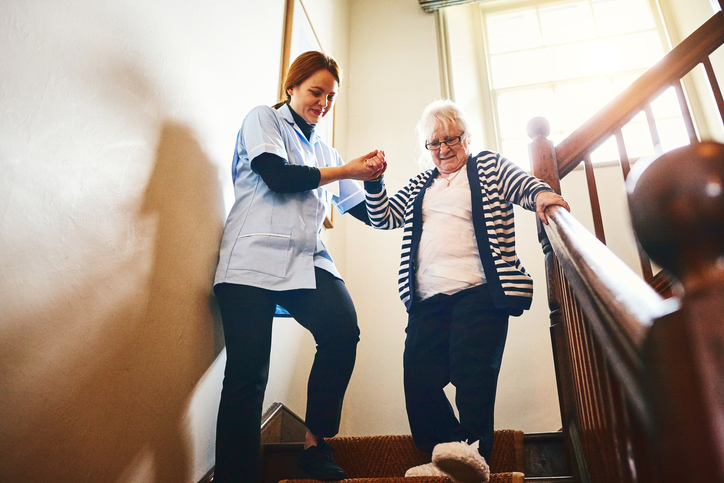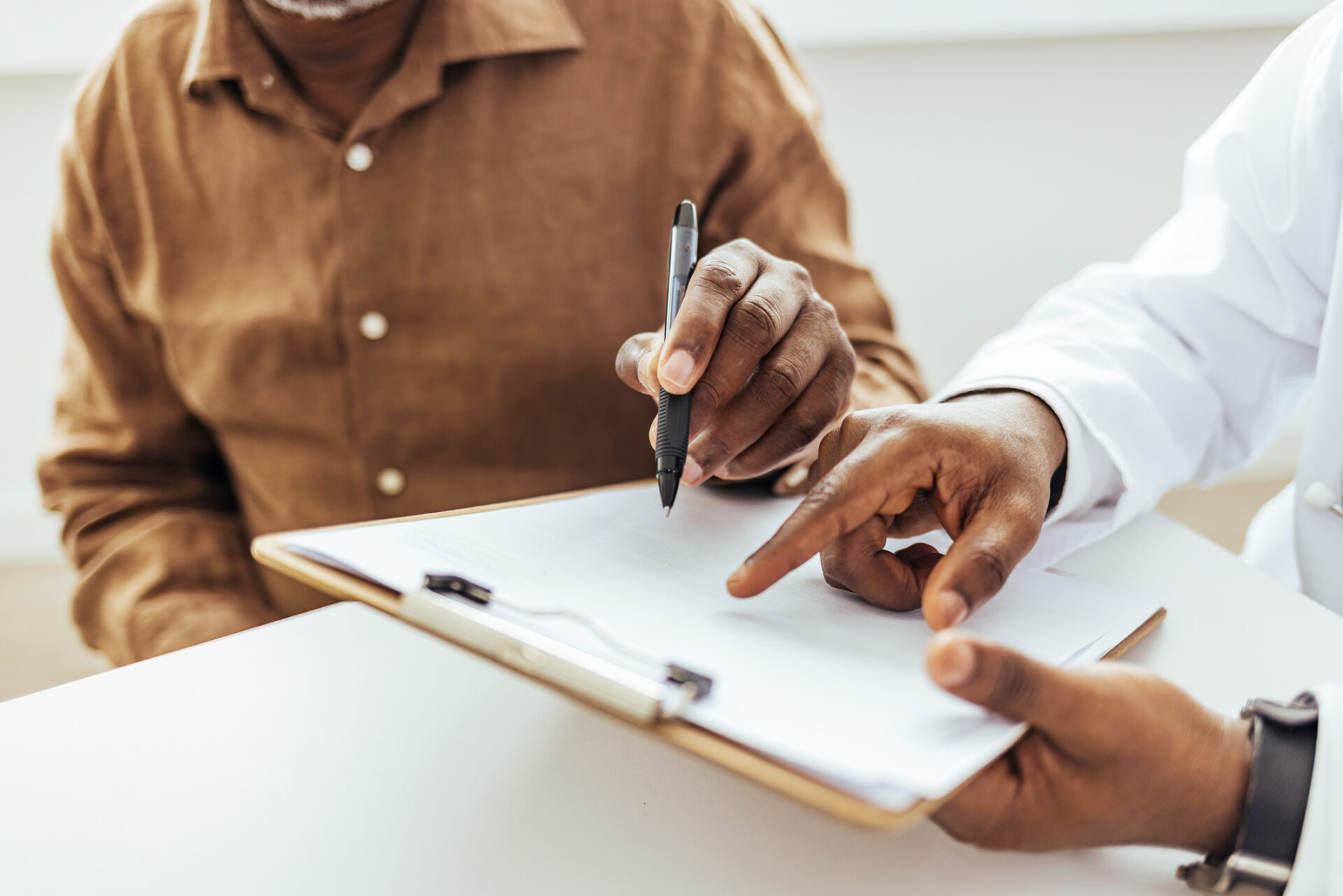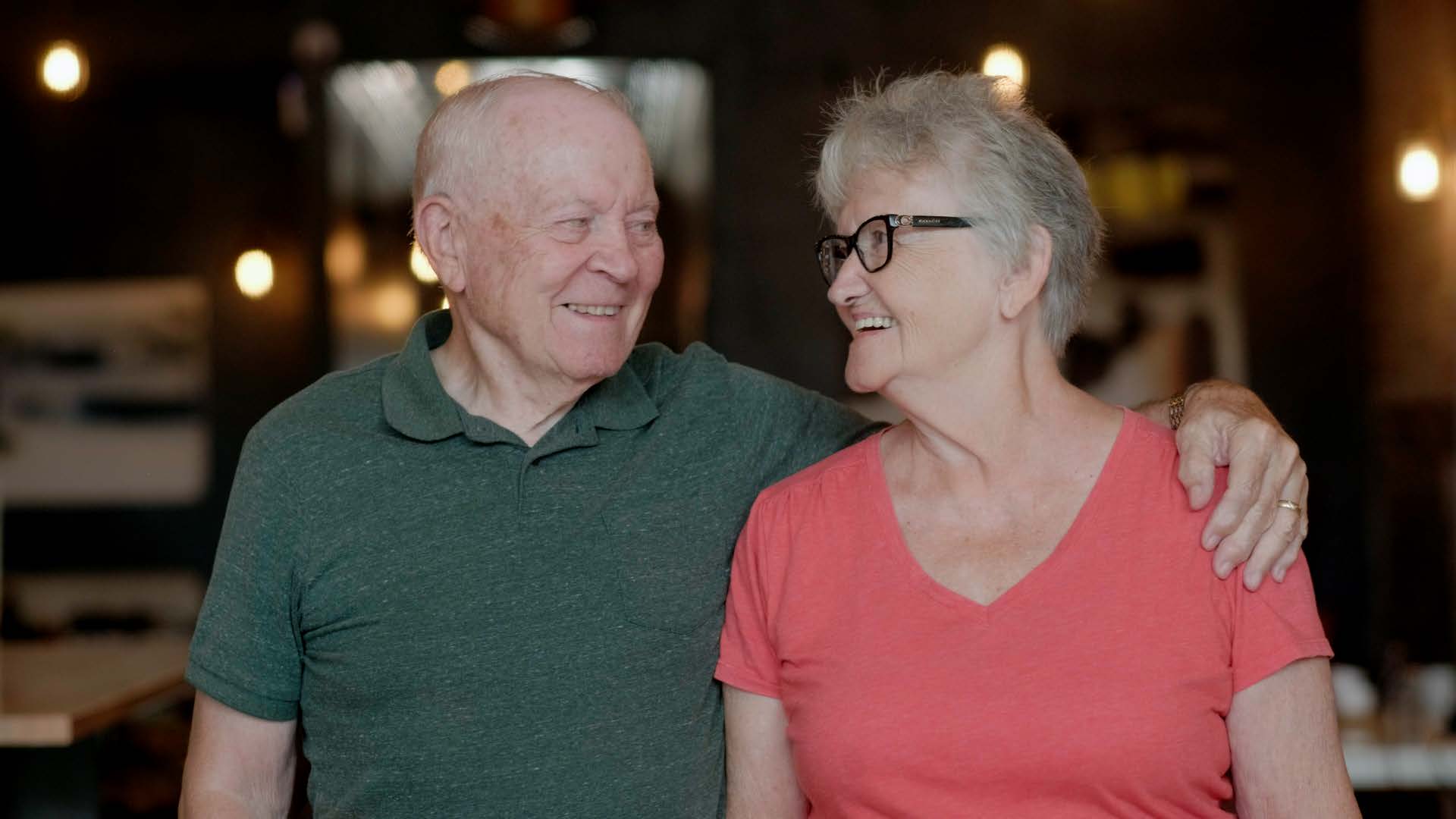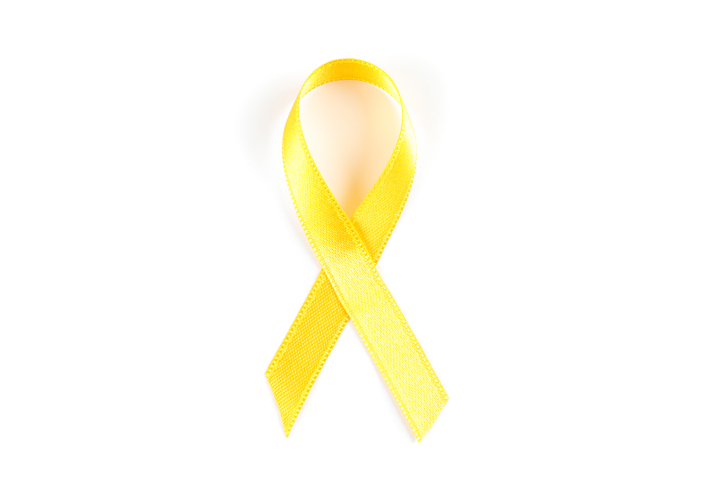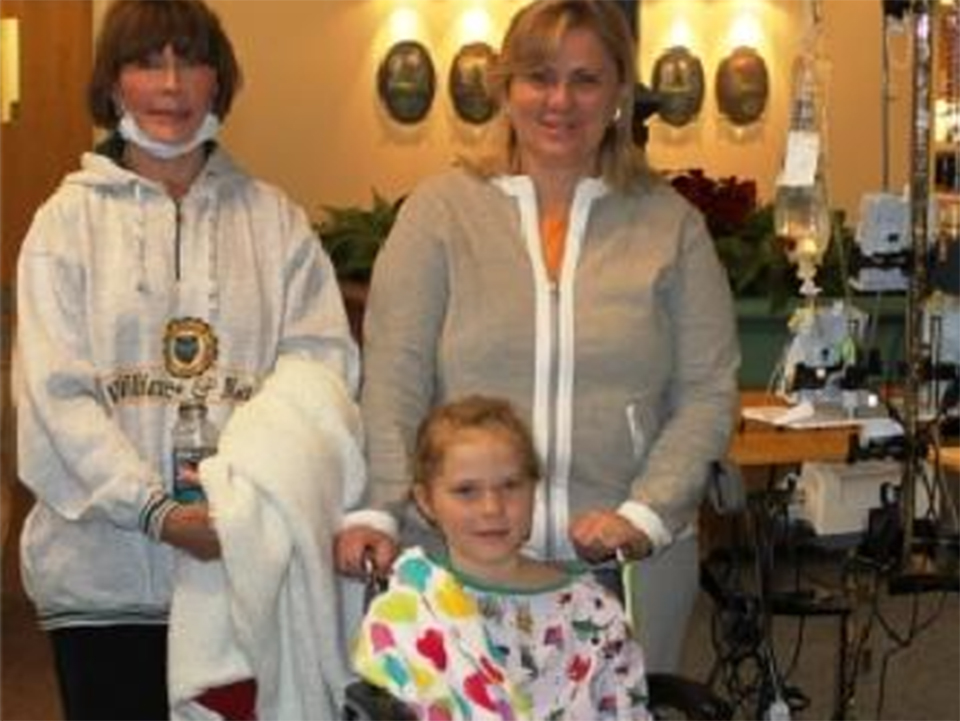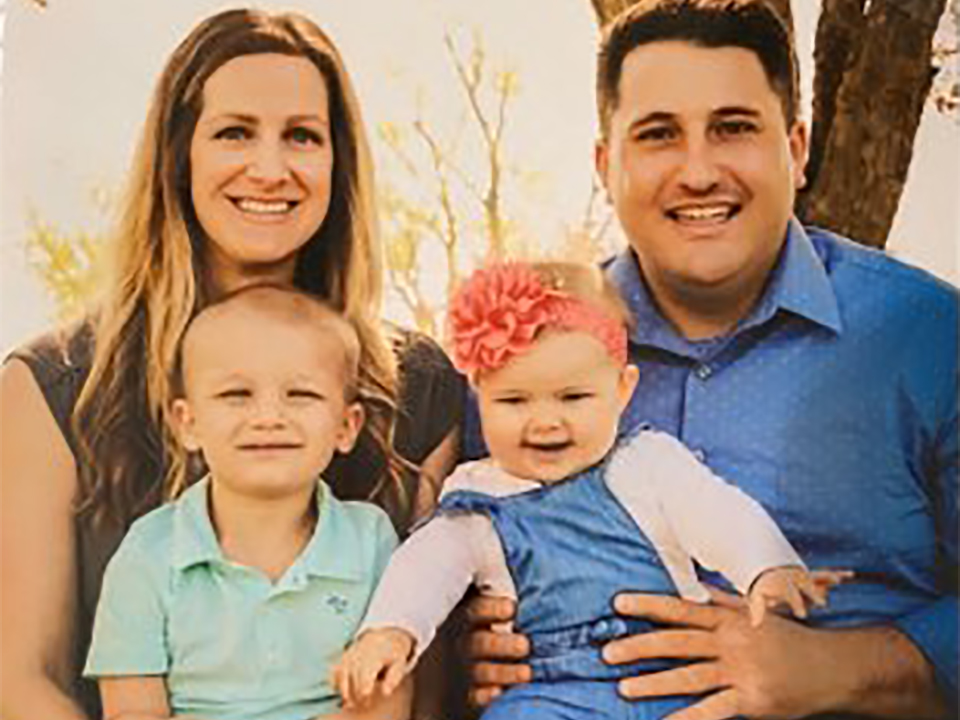Ann B. Davis, who played Alice the housekeeper on “The Brady Bunch” television show.
Robert Culp of “I Spy” TV fame.
Musician Leonard Cohen and author Kurt Vonnegut.
What do they all have in common?
They all died after a fall in their home.
One in four older Americans fall every year. Of those, one-third suffer hip fractures from which they never fully recover. The one-year mortality for patients who are admitted to the hospital after a fall is a staggering 33 percent.
“Knowing how to stop a fall or preventing one from happening in the first place becomes increasingly important as we age,” says Dr. Brenda Keller, an internal medicine and geriatrics specialist with Methodist Physicians Clinic.
The reasons for falling are numerous: slower reflexes, declining vision and hearing, decreased coordination and muscle strength, and more medications. Eighty percent of older adults also have at least one chronic condition, such as diabetes, stroke or arthritis.
Even a fall without injury can cause older adults to become fearful or depressed, making it difficult for them to stay active.
Lisa Carpenter, a clinical care leader with Visiting Nurse Association, says a fear of falling can create a downward spiral. “A patient might say, ‘My friend fell a month ago and really got hurt, so now I am afraid of falling, too. I am going to stay put all day so I don’t fall, too.’ ”
In the course of working with a fearful elderly patient, the VNA clinician educates on fall prevention and the importance of staying active, emphasizing that reducing participation in routine activities actually increases the fall risk.
Carpenter and Dr. Keller both say staying active and building muscle can decrease falls.
“As you age you lose muscle mass, regardless of how strong you are,” Dr. Keller says. “Working out slows the process. Exercising just 15 minutes a day is really good for both your body and your brain.”
Several tests can be used to predict falls. The TUG (Timed Up and Go test) asks a patient to get up from a seated position, walk, turn and then sit down again. To identify appropriate interventions, the VNA uses the TUG. It also routinely uses the MACH-10, as well as the ABC Falls Scale. The scale gauges a patient’s perceived fear of falling through a series of self-rated questions that measure their confidence in the ability to maintain balance in everyday situations.
If you or an elderly friend or relative has problems with balance, Dr. Keller offers these tips to decrease the risk of a fall:
• Ditch the throw rugs. If you have to use one, tape it down.
• Cut the clutter. Tuck loose cords and move furniture out of walkways.
• Safety proof the bathroom. Install grab bars and non-skid mats.
• Add lighting where needed. There’s nothing wrong with using a nightlight.
“Take your time getting out of bed too,” says Dr. Keller. “Blood vessels are stiffer as we age. It takes longer for the blood down in your feet to get to your head. Sit on the edge of the bed and count to five, then stand up and count to five before you start walking.”
If eligible, take advantage of the preventive benefits offered under Medicare.
And be sure to check out the Centers for Disease Control’s home assessment checklist, available in multiple languages.
